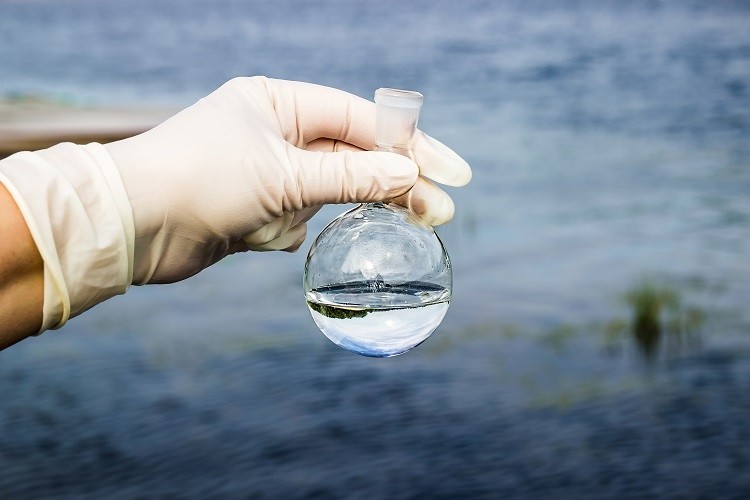Government and pharma ‘waiting for AMR crisis to escalate’

Following the 2016 Review of Antimicrobial Resistance, Chatham House, a UK-based international affairs think tank, has published an update regarding how much progress had been made towards the initial review’s recommendations.
The initial review suggested that antimicrobial resistance (AMR) would be responsible for the deaths of approximately 10 million people by 2050 and result in an accumulated cost of $100tn (€91tn), globally.
Making a return
In his foreword to the think tank’s review of progress, Jim O’Neill, an economist and former commercial secretary to the British treasury, who organized the initial review, stated:
At times, I cynically suspect that – based on the experience of past epidemics – governments are waiting for the crisis to escalate to a point where they can most easily justify providing large-scale financial assistance to stimulate companies to develop the antibiotics, vaccines and diagnostics necessary to tackle AMR.
Similarly – and here my cynicism is stronger – I suspect that companies that find the antibiotics business increasingly unattractive are simply adhering to their own risk-return calculations, which suggest it is worth waiting until governments panic and throw more money at the challenge than they are apparently ready to do today.
O’Neill concludes that what is lacking from governments and pharmaceutical companies to appropriately tackle the threat of AMR is “a firm commitment of monies.”
Chatham House’s report follows a similar line by highlighting the lack of incentive for pharma companies to get involved in R&D in the space due to the lack of financial return.
The analysis specifically references the case of Achaogen, which sold the majority of its assets in June of this year ahead of bankruptcy. As a result, the analysis concluded that there is a need to look for and develop alternative ways to address the funding problem.
Dissemination of antibiotics into environment
The initial review focused on discharges from pharma manufacturing in determining the potential impact of the industry on the development of AMR.
The conclusions drawn in the 2016 report suggested that international regulators should set enforceable targets for discharge of antibiotics and the related resistant genes in the environment.
Though both the US Food and Drug Administration and the European Medicines Agency have acknowledged the AMR threat in various approvals and guidelines, the newest report suggests that there is ‘little evidence’ that governments or regulators have sought to introduce limits on discharge of antibiotics by the industry.
Further than this, it is also noted that good manufacturing practice does not include environmental pollution as a factor, despite a push for such measures by the WHO and more recently by the European Union.
However, there has been progress on voluntary action to address pharma discharge – with the AMR Industry Alliance agreeing a voluntary framework to promote responsible antibiotic manufacturing.
To encourage further voluntary steps, the report suggested that “one avenue [to improve manufacturing discharge] would be to reward firms with good environmental practices in procurement processes.”











